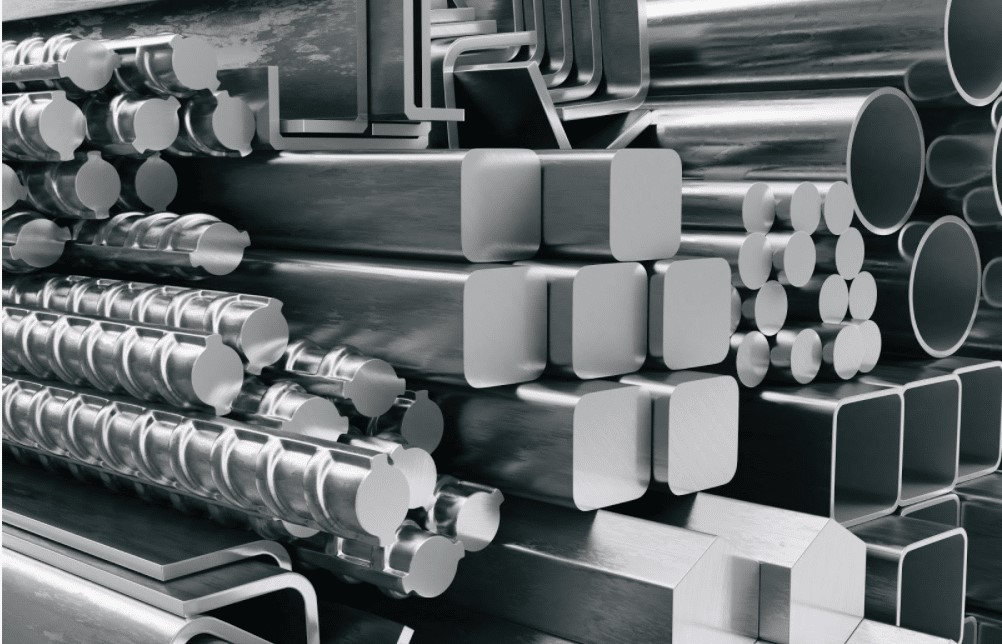India–US Trade Tensions Rise Over Steel and Auto Tariffs NMDC Limited reports a 38% drop in Q4 FY24 consolidated net profit RINL to Raise $23 Million Through Land Sales Amid Crisis

Domestic sponge iron manufacturers are concerned that a persistent iron ore shortage may force the country to the verge of collapse. Induction or electric arc furnaces, sponge iron is used as a raw material to produce final steel.
Since 2003, India has become the world's largest sponge iron producer, accounting for 30% of the country's steel output. According to industry sources, the ore shortage results from unrestricted exports of the critical raw material for steel manufacture. Without indigenous sources, the industry normally purchases iron ore from merchant miners, including PSUs, to meet its annual demand of roughly 80-85 million tonnes (MT) in FY24.
According to Anil Nachranai, president of the Chhattisgarh Sponge Iron Manufacturers Association, rising exports leave only a small amount left for secondary steel sector companies. “Primary steel producers have also started exporting iron ore in its various forms – fines, lumps and pellets – from their own mines. They also buy from commercial miners,” Nachrani alleged. He stated that the sponge iron sector is facing losses at 80-85% capacity utilisation due to its higher cost and lack of iron ore.
"At this time, iron ore containing less than 58% Fe is allowed for export," stated T. Srinivas Rao, the Karnataka Chairman of the Sponge Iron Manufacturers' Association. Adding, We suggest that the government reduce this to 54 Fe, as the sponge iron sector can use iron ore with a higher Fe grade.
However, miners differ. “The country’s iron ore exports mainly consist of fines of less than 58% Fe, for which there is no domestic market. Currently, the non-moving stock of over 180 MT of mainly low-grade iron ore is lying on the mine heads,” said BK Bhatia, Additional Secretary General, Federation of Indian Mineral Industries (FIMI).
The domestic steel industry is known to consume ores with a Fe content of +62%, unlike China's major steel-producing country, which consumes low-quality iron ore up to 55% Fe. Therefore, since there is no domestic market for such low-grade iron ore (-58% Fe), there is no option but to export and monetize this low-grade ore, mainly in the form of fines.” remarked Bhatia.
Iron ore exports, including pellets, will almost triple to 44 tonnes in 2023, compared to 16 tonnes a year ago. The floodgates opened following the withdrawal of export duties in November 2022 for ores containing less than 58% Fe, up from the 50% imposed in May 2022. Iron ore production, on the other hand, has not increased proportionally, from 254 MT in FY22 to 258 MT. MT in FY23. On the contrary, steel production increased from 121 tonnes in 2021-2022 to 127 tonnes in 2022-2023. During the April-December period of the current fiscal year, crude steel production stood at 106 tonnes.
According to the National Steel Policy 2017, India needs to produce 80 MTPA of sponge iron by 2030-31 to achieve the target steel production capacity of 300 MT by 2030-31. The secondary steel sector has embarked on a 25% capacity expansion at various stages of completion.
At least seven state-based sponge iron manufacturing associations from West Bengal, Odisha, Karnataka, Chhattisgarh, and others have written to the Union Steel Ministry urging an immediate ban on exports of all forms of iron ore as they are “ struggling with a serious shortage of raw material- iron ore.” Industry experts say the government should immediately address pending lawsuits to speed up the reopening of mines that have been closed since 2014 to boost iron ore production in the country.
Also Read : CISA mills’ daily steel output fell 3.69% in late January Chinese steel demand to remain stable in 2024